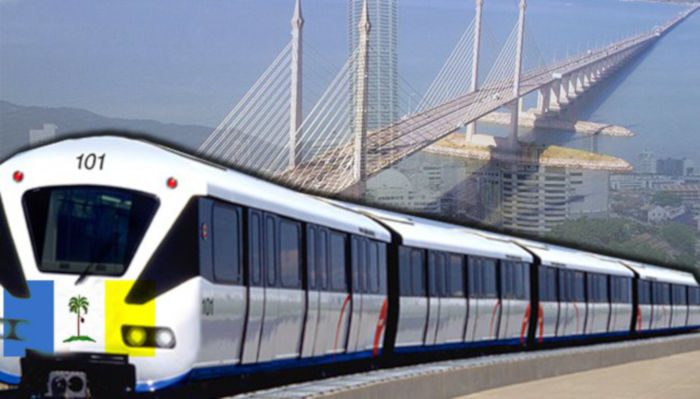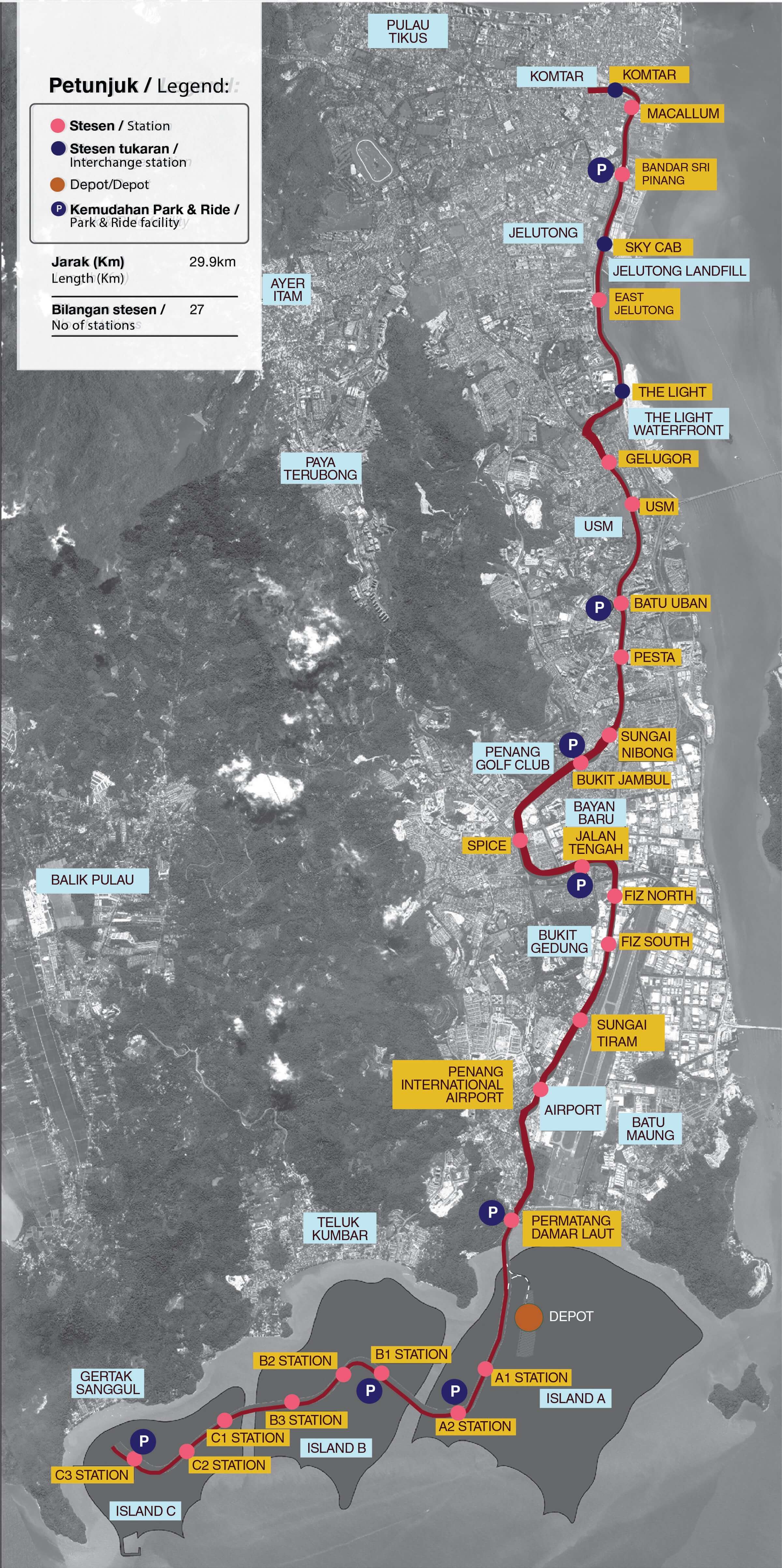Tweet #Rightways
While the United States plays the role of the banker similar to the game of Monopoly, the rest of us will be happy for now to remain in the game and not go bankrupt. — BloombergWHETHER you are young or old, it is likely that at one time or another, you would have played a board game called Monopoly.
The rules of the game are simple, with the objective of winning the game by beating your opponents and making them bankrupt.
The whole idea is to build up your “assets” in the board game to make it pricey for other players to continuously pay rent whenever they land on your properties. At the same time, in the game of Monopoly, there is also the banker, who never goes broke.
However, if the bank runs out of money, the banker can issue “I Owe You” notes or IOUs to other players and for whatever amounts that are required by writing the amount on a piece of paper.
These IOUs can be exchanged for cash whenever cash is available, or otherwise, counted as an asset of the player holding them. In essence, the banker can print money and the holders have a claim against the banker. Sounds familiar?
Out of control
Welcome to the world of finance. In real life, some central banks, in particular, the US Federal Reserve (Fed) and the US government, are simply printing money.
They may not be playing a game like Monopoly but their actions certainly reflect that.
Today, the United States has a total debt amounting to US$34.6 trillion and with the debt ceiling out of the window, the US debt level will just continue to grow, as the past two trillion dollar increase occurred in a space of just 100 days each.
The pace of increase of every US$1 trillion is expected to accelerate very quickly as there are no plans to curtail the growth or any effort to reduce the government’s twin deficits – trade and budget deficits.
Another interesting point of measurement is the growth of the US debt level since February 2019, which has increased by US$12.5 trillion whilst the US gross domestic product (GDP) itself only expanded by US$7.2 trillion.
In essence, in the last five years or so, for every dollar growth of the US economy, the government created 1.7 units of debt.
Forever deficit
Last year, the US budget deficit hit US$1.7 trillion or 6.2% of GDP and this is expected to be sustained at a relatively high level over the next decade and beyond. The Congressional Budget Office in its March 2024 projection is looking at a budget deficit to GDP to hit 5.6% this year before rising to 6.1%, 7.3% and 8.5% in 2034, 2044 and 2054 respectively.
Astronomical by any standards, and by continuously running budget deficits, it suggests that the US debt level will accelerate further over the next 30 years.
In the words, as commented by the International Monetary Fund (IMF) recently, the United States debt level is simply mind-boggling. With higher debt levels, naturally, cost of servicing the debt too will increase. For the month of March alone, the US government spent US$89bil on interest, which on an annualised basis, suggests a figure of more than a trillion dollars or US$120mil every hour.
With the United States sustaining a higher Fed fund rate for a longer period, how does the country pay for this?
You guessed it, and yes, print more money just like the banker in the Monopoly board game writing IOUs.
In fact, the United States government, which raises approximately US$5 trillion a year uses it mostly for social security, healthcare, and debt servicing.
Expenditures related to defence, space programmes, state departments, or even law enforcement agencies are funded via debt. Even aid that it provides to nations or even wore-torn countries is funded via debt. Fewer dollars
With the rise of China and of course the emergence of the euro as a potential reserve currency, the US dollar has seen its share of global reserves held by the central bank shrinking year after year.
Based on the data from the IMF, the US dollar’s share of global reserves has dropped from 72% in the year 2000 to just 57% currently.
Although not elected yet, former US President, Donald Trump, is said to be considering ways to stop other nations from shifting away from using the US dollar by punishing them in one way or the other.
According to a Bloomberg report, these measures include export controls, currency manipulation charges, and tariffs.
Will this ever work and what would this mean to international trade and relationships if Trump is re-elected as President for the second time?
The ”S” word
With inflation at elevated levels, the Fed is in no hurry to cut rates just yet as the core Personal Consumption Expenditure (PCE) print looks to be sticking out like a sore thumb for longer.
In fact, the concern is that the core PCE, which grew by 2.8% in the latest March 2024 data, is not falling fast enough, while the super-core inflation, which is defined as PCE services inflation minus energy and housing, rose by 3.5% year-on-year (y-o-y).
The first quarter of this year’s 2024 GDP growth, which came in well below expectations at just 1.6% annualised rate against the market estimate of a 3.5% y-o-y growth has re-ignited the fear that the United States economy is headed towards stagflation – defined as a period of slow growth, high inflation and of course, rising unemployment, although the Fed chair is quick to dismiss it.
The latest monthly payroll numbers, which came in below expectations and lifted the unemployment rate to 3.9% have added a bit more pressure to the stagflation narrative.
While the Fed would not ring the alarm bell, the market is still saying that the United States economy is headed towards either a soft landing but could quickly become a hard one if rates are not cut soon enough.
As it is, the risk of recession indicator, as seen in the inverted yield curve, has been flashing “recession” for the past two years, but the United States economy continues to chug along, mainly driven by monopoly money.
At the same time, the yield spread between the US treasuries vis-a-vis other major currencies has caused significant gain on the US dollar itself.
Forget about how much the ringgit has lost ground but look at some of the other major currencies too, especially the yen, which has dropped more than 50% from the low of 102.36 to the US dollar in March 2020.
The drop in the yen is not merely due to the yield spread alone but also the massive debts that the Japanese government is presently carrying to the tune of 1,286 trillion yen or US$8.6 trillion, which is just over 217% of its GDP of about 591.4 trillion yen or US$4.2 trillion.
Will history repeat itself on the US dollar when the time comes just like how the yen is being devalued?
Can the US dollar be dethroned?
Short answer – unlikely!
However, if any country, especially those in emerging markets, were to behave like the United States today – twin deficits, unsustainable debt level, and money printing a.k.a. Monopoly money, that country would be doomed.
The local currency would need to be re-based via a devaluation if the market has not already priced that scenario just yet.
However, this would not happen to the US dollar simply because the greenback, for all intent and purpose, remains the reserve currency of the world and the world has not found an alternative yet and may never even find it.
Every other option, be it the euro, yen, yuan, gold, or cryptocurrencies, has its respective shortcomings.
As long as the US dollar is used as a medium of exchange for commodities, trade, and finance, and as the majority reserves of central banks globally, the US dollar remains relevant.
Hence, while the United States plays the role of the banker similar to the game of Monopoly, the rest of us will be happy for now to remain in the game and not go bankrupt.
But how long can the United States keep writing the IOUs? That’s the real question.
Pankaj C. Kumar is a long-time investment analyst. The views expressed here are the writer’s own.
Source link




































